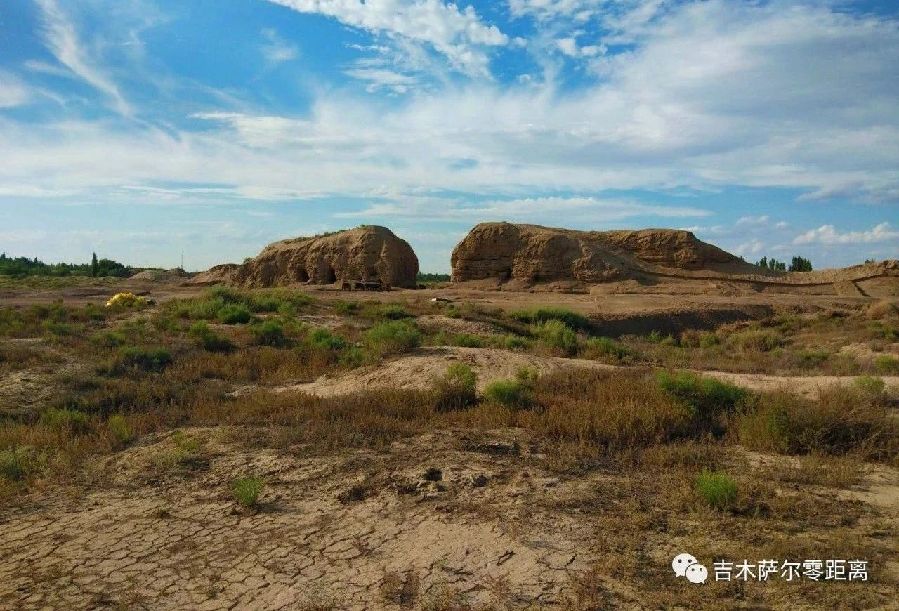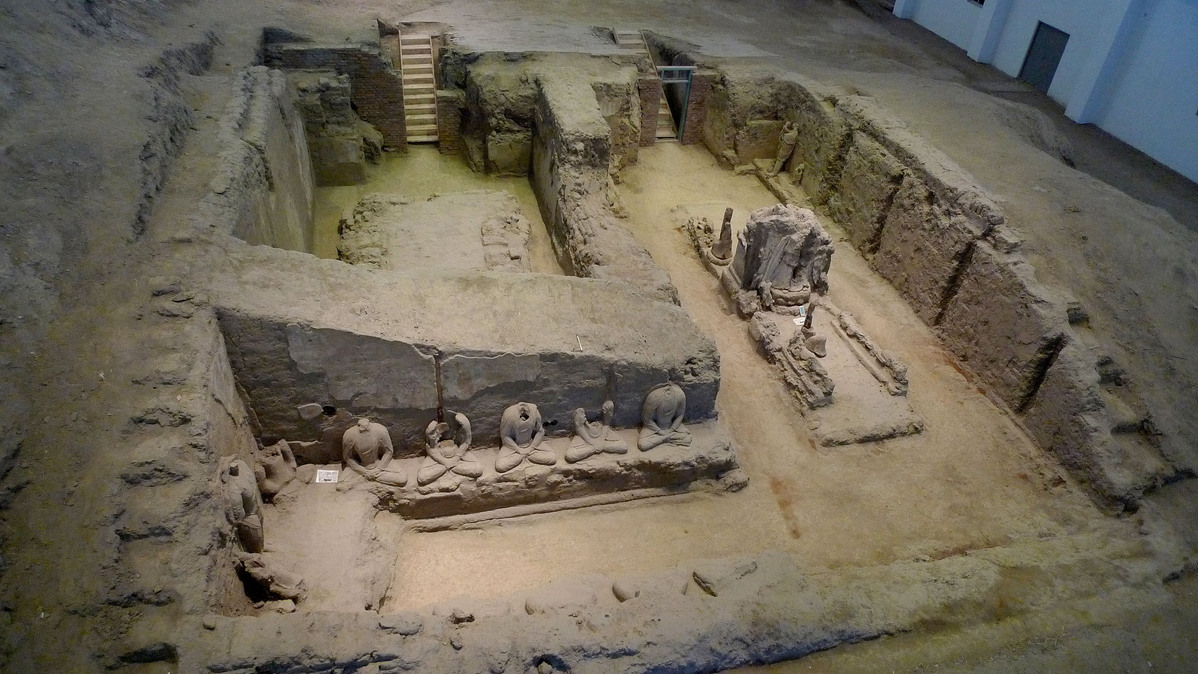Beiting City Ruins National Archaeological Park

Beiting City Ruins National Archaeological Site Park
北庭故城国家考古遗址公园
Location: Jimsar county, Xinjiang Uygur autonomous region
The Beiting City ruins can be found 20 kilometers to the north of Jimsar county, in China's Xinjiang Uygur autonomous region. It was the seat of the Beiting Protectorate, established by the central government of the Tang Empire (618-907) in 712 to govern the vast territory of northern Xinjiang. As a political and cultural center on the northern slope of the Tianshan Mountains, Beiting city was also a military base heavily guarded by armed forces.

After the Tang Empire collapsed, the city continued to function in the western region. It was an auxiliary capital of the Uygur Kingdom of Qocho (Gaochang in Chinese, 10th-13th century) during the Song Dynasty (960-1279), and the site of military posts during the Yuan Dynasty (1271-1368). Having stood for six centuries, it fell into decline in the 14th century and was ultimately desolated in15th-century warfare.
The city had been quite large, being roughly rectangular-shaped in plan, and bordered with inner and outer city walls. The outer city wall, an overall rammed earth structure, was 1,500 meters long, 1,200 meters wide and 5,000 meters in perimeter. Remnants of the southern, northern, and western sections canstill be seen; with the ruins of governmental offices, temples, pagodas, lanes stilldiscernible.Broken bricks and pottery shards can still be found.
The major remains of Beiting City primarily date back to the period between the 7thand the 13thcenturies, and cover an area of some 385 hectares. But the entire archaeological park is far larger. Encompassing the city ruins itself and the Grand Western Temple site nearly one kilometer to its west, the park covers a land of more than 1,000 hectares.

The Grand Western Temple was the royal Buddhist monastery of the Uygur Kingdom of Qocho. Archaeologists have identified ruins of an architectural cluster in the south, and a stupa in the north. A large number of Buddhist statues and murals have been discovered in the monastery. Today the ruins have been well protected and on show to the visitors. Life-sized replicas of unearthed cultural relics are exhibited in a modern museum built on-site and dedicated to interpreting the history and culture of the ancient pivotal post on the Northern route of the Silk Road.

Last Updated: Aug 24, 2021
Features
 Museum Treasures
Xianyang's bronze warrior head is unique national treasure
Museum Treasures
Xianyang's bronze warrior head is unique national treasure
 Cultural Industry
New horse mascots gallop into 2026
Cultural Industry
New horse mascots gallop into 2026


